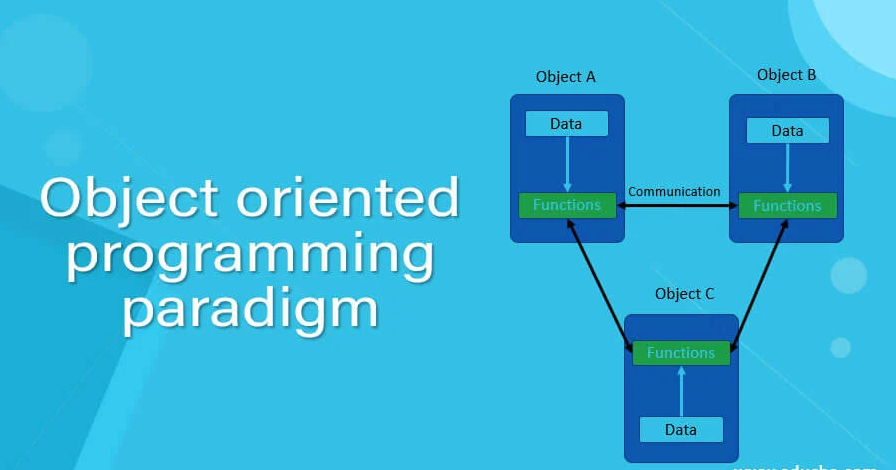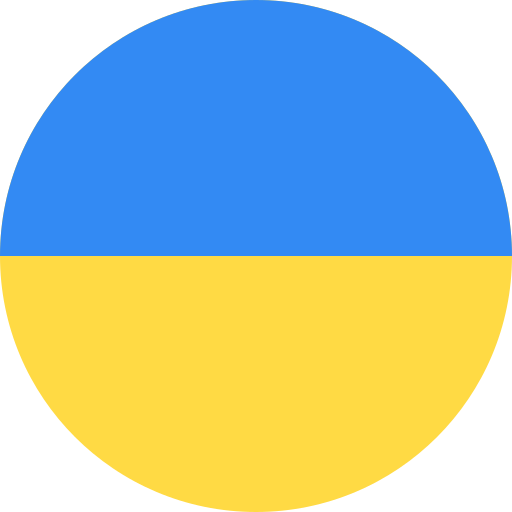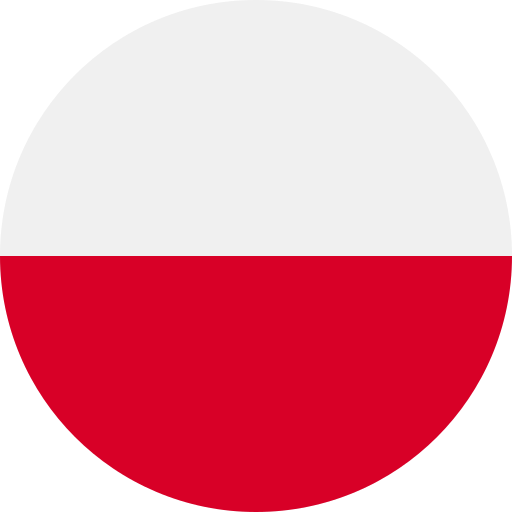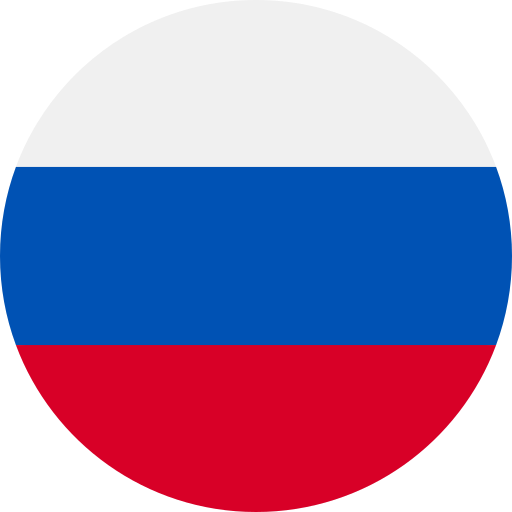What is the OOP paradigm? What are its main components?
.png?locale=en)
What is the OOP Paradigm? Key Components
Object-Oriented Programming (OOP) is one of the most popular programming paradigms widely used for creating complex and scalable applications. OOP allows structuring code, making it more understandable, flexible, and maintainable. In this article, we will explore what the OOP paradigm is and the key principles it is based on.
What is the OOP Paradigm?
The OOP paradigm is an approach to programming where a program is represented as a collection of objects that interact with each other. Each object is an instance of a specific class, which acts as a template or blueprint for creating objects. Classes describe the properties (attributes) and behavior (methods) of objects.
The Core Idea of OOP: A program consists of objects that interact with each other by exchanging data and calling each other's methods.
Key Components of the OOP Paradigm
The OOP paradigm is based on four main principles that make it a powerful tool for software development. Let’s take a closer look at each of them.
1. Encapsulation
Encapsulation is a mechanism that hides the internal implementation of an object from the outside world. An object's data (its properties) and the methods that work with them are combined into a single class. Access to the object's data is controlled through methods, which helps protect it from unauthorized changes.
Example: In the "Car" class, you can hide the details of how the engine works, providing only methods for controlling the car, such as "start engine" or "accelerate."
2. Inheritance
Inheritance allows creating new classes based on existing ones. The new class (child) inherits the properties and methods of the parent class, which helps avoid code duplication and simplifies maintenance. Inheritance also promotes the creation of class hierarchies.
Example: The "Truck" class can inherit properties and methods from the "Car" class while adding its unique characteristics, such as load capacity.
3. Polymorphism
Polymorphism allows objects of different classes to use methods with the same name but different implementations. This makes the code more flexible and versatile. Polymorphism can be achieved through method overriding in child classes or through interfaces.
Example: The "move" method can be implemented differently for the "Car," "Airplane," and "Ship" classes.
4. Abstraction
Abstraction is the process of highlighting the essential characteristics of an object that are important for solving a problem while ignoring minor details. Abstraction allows focusing on what an object does rather than how it does it.
Example: When creating a "Bank Account" class, you can abstract away the details of data storage, focusing on operations such as "deposit" or "withdraw."
Advantages of the OOP Paradigm
-
Simplified Development: OOP allows breaking down complex tasks into smaller, manageable parts.
-
Code Reusability: Inheritance and encapsulation promote code reuse, saving time and resources.
-
Flexibility and Scalability: OOP makes code more flexible and easily extendable.
-
Easier Maintenance: Thanks to the clear structure, the code is easier to maintain and modify.
Conclusion: The OOP paradigm is a powerful tool for creating modern software solutions. Understanding its core principles (encapsulation, inheritance, polymorphism, and abstraction) will help you write higher-quality and more structured code.
Назад



